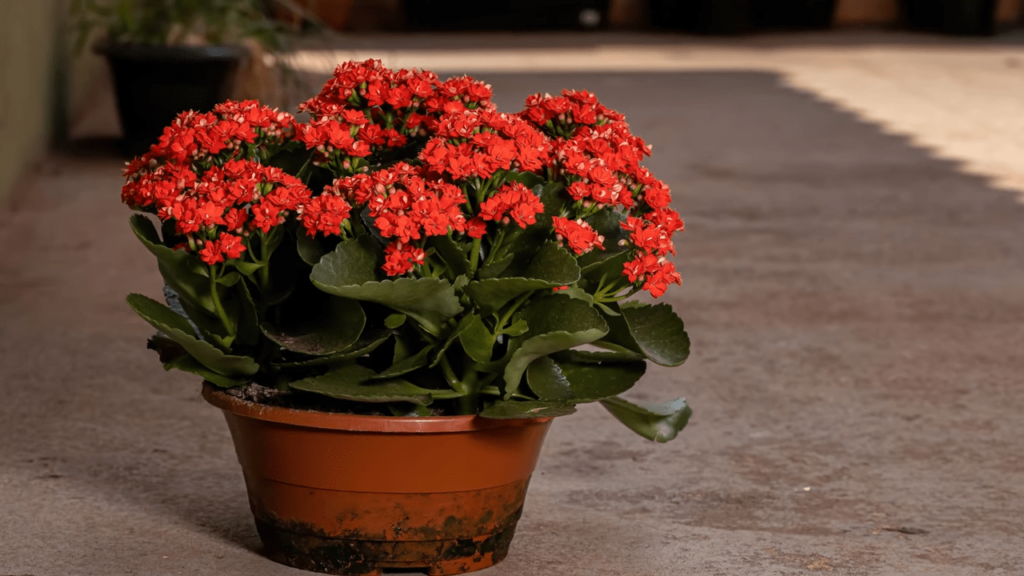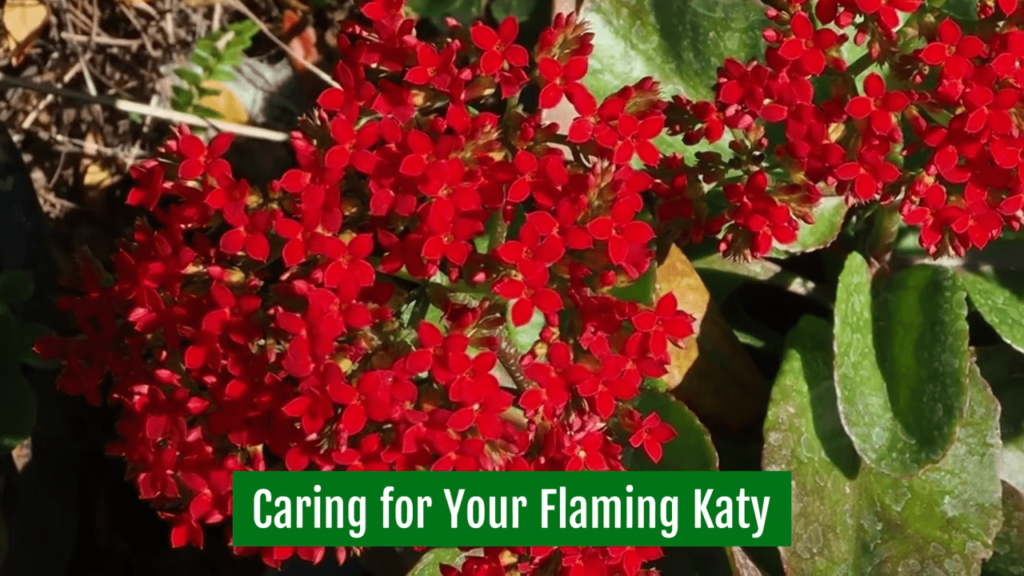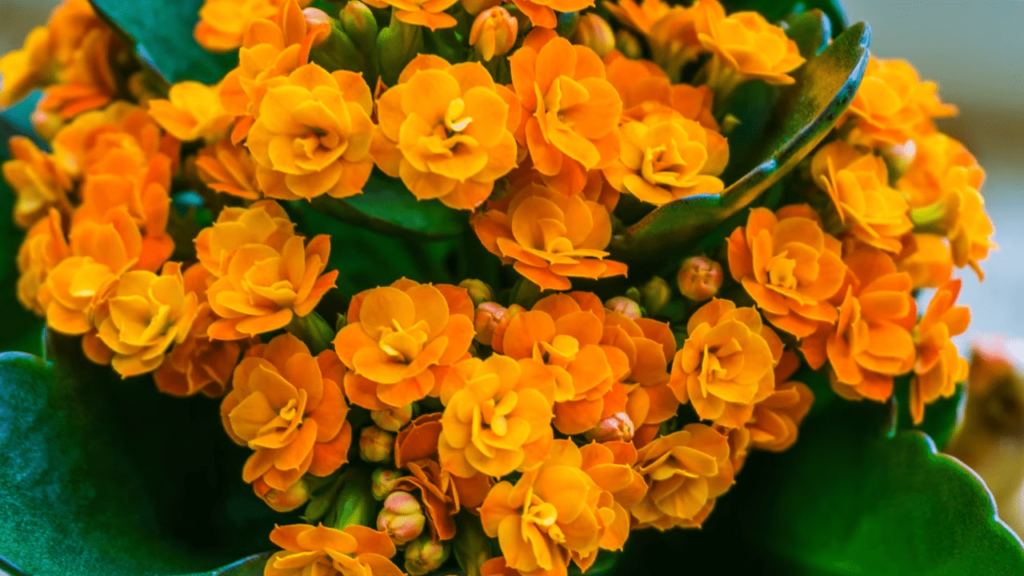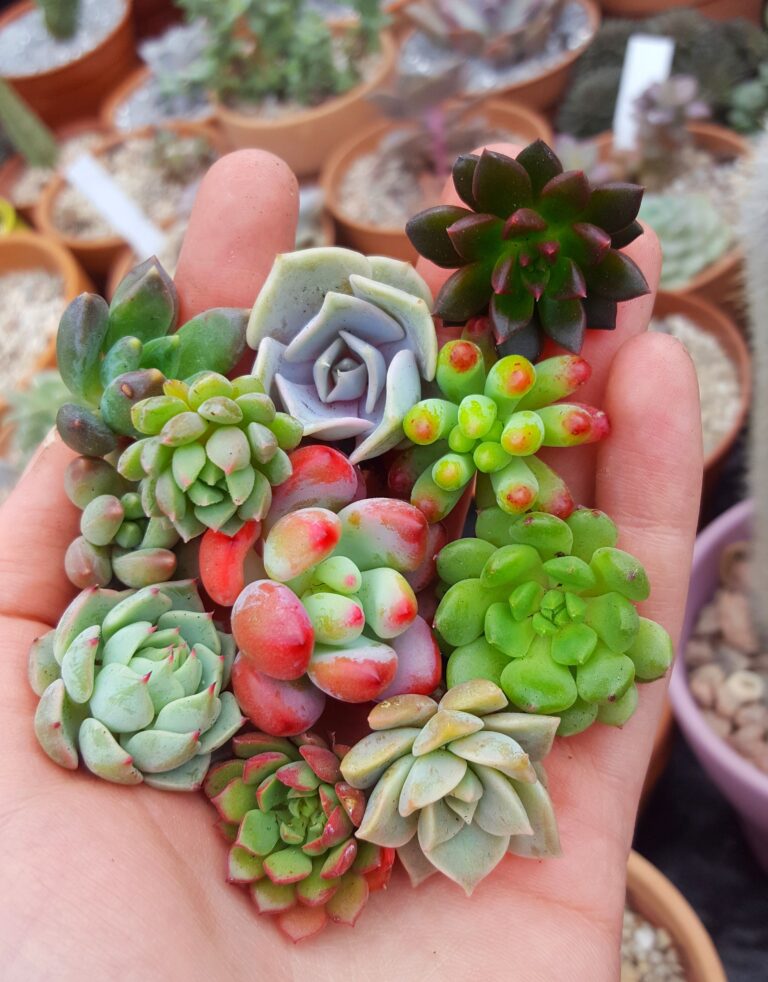Is Flaming Katy a Succulent?

Yes, Flaming Katy (Kalanchoe blossfeldiana) is considered a succulent plant. Succulents are characterized by their ability to store water in their leaves, stems, or roots, allowing them to withstand periods of drought. Flaming Katy’s thick, fleshy leaves are a common feature of succulent plants, as they store water to help the plant survive in arid conditions.
The succulent nature of Flaming Katy makes it well-suited for indoor cultivation, as it can tolerate dry conditions and is relatively low-maintenance. It’s essential to provide well-draining soil and avoid overwatering to prevent root rot, which can affect succulent plants. With the right care, Flaming Katy can thrive and produce its vibrant, long-lasting flowers, making it a popular choice among succulent enthusiasts and indoor plant lovers.
The flaming katy succulent is one of the most popular succulents. They are suitable for both indoor and outdoor use. The plant can be grown in the same pot for several years.

How often should you water a Flaming Katy succulent?
Overwatering is one of the most common problems with Flaming Katy succulent. Overwatering causes rotting of the roots and can promote fungal growth. When choosing a container for your succulent, make sure to choose one with good drainage. Keep the soil moist and warm. If the plant has become drought tolerant, you can use water from a bottle or can to water it.
Watering frequency for a Flaming Katy succulent (Kalanchoe blossfeldiana) can vary depending on several factors, including the indoor conditions, pot size, and the season. To determine when to water your Flaming Katy, follow these general guidelines:
- Allow Soil to Dry: Water your Flaming Katy when the top inch (approximately 2.5 cm) of the soil feels dry to the touch. Insert your finger into the soil to gauge its moisture level. If it’s dry at this depth, it’s time to water.
- Avoid Overwatering: Flaming Katy is a succulent and is more tolerant of drought than overwatering. Ensure that the pot has proper drainage to prevent water from accumulating at the bottom, which can lead to root rot.
- Consider Seasonal Changes: Adjust your watering frequency based on the season. During the growing season in spring and summer, when the plant is actively growing, you may need to water more frequently. In contrast, reduce watering during the plant’s dormant period in late summer and early fall.
- Temperature and Humidity: Indoor temperature and humidity levels can affect how often your Flaming Katy needs water. Higher temperatures and lower humidity levels may require more frequent watering.
- Pot Size: The size of the pot relative to the plant’s root system can influence watering needs. In larger pots, the soil retains moisture for longer, so you may need to water less frequently.
- Observation: Pay attention to the appearance of your Flaming Katy. If the leaves start to wrinkle or appear slightly wilted, it’s a sign that the plant needs water. However, avoid waiting until the plant is severely wilted, as this can stress it.
As a general rule, it’s better to underwater than overwater a Flaming Katy succulent. Overwatering can lead to root rot and other issues, while succulents are adapted to tolerate periods of drought. Always use well-draining soil, and water thoroughly when needed, allowing excess water to drain from the pot.
Remember that the specific watering frequency can vary depending on your local climate and indoor conditions, so it’s essential to monitor your plant closely and adjust your watering schedule accordingly.

How much sunlight does a Flaming Katy need?
Flaming Katy (Kalanchoe blossfeldiana) requires a significant amount of sunlight to thrive and produce its vibrant blooms. Here are the sunlight requirements for Flaming Katy:

- Bright, Indirect Light: Flaming Katy thrives in bright, indirect sunlight. Place it near a window where it can receive plenty of natural light, but ensure that direct sunlight does not hit the plant for extended periods, especially during the hot afternoon hours. Direct sunlight can scorch the leaves.
- South-Facing Window: If you’re growing Flaming Katy indoors, a south-facing window is ideal because it typically provides the right balance of bright, indirect light without the intense, direct sun exposure that can be harmful.
- Artificial Light: If you don’t have access to sufficient natural light, you can supplement with artificial grow lights. Use fluorescent or LED grow lights designed for indoor plants and position them 6-12 inches (15-30 cm) above the plant to mimic natural light conditions.
- Winter Care: During the winter months, when natural light levels may be lower, you might need to provide additional light to ensure that your Flaming Katy continues to receive the necessary brightness for healthy growth and potential flowering.
In summary, Flaming Katy requires bright, indirect light for most of the day to thrive and produce its colorful flowers. Adequate light is essential for its overall health and to encourage blooming. Be sure to adjust its placement or provide artificial light if you notice the plant isn’t receiving enough natural light, especially during the darker winter months.





